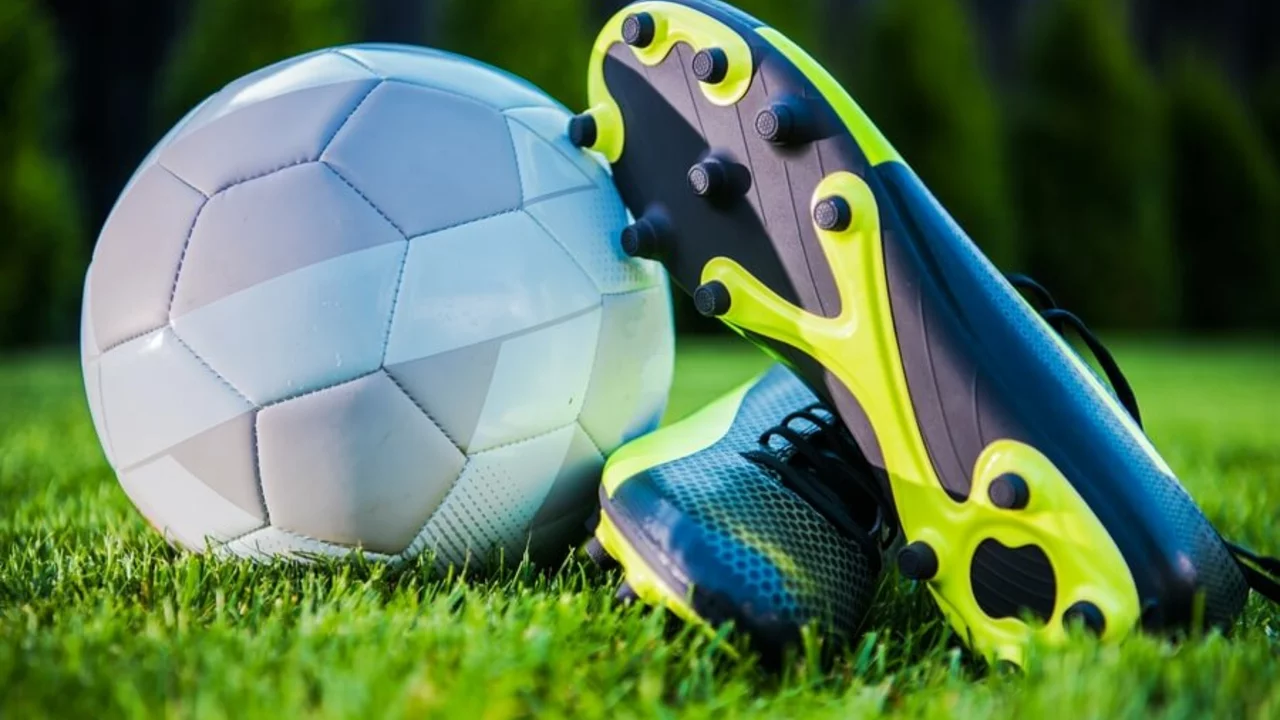Football Cleats: The Key to Better Footwork on the Pitch
When you lace up football cleats, the specialized shoes built for playing soccer on grass or artificial turf. Also known as soccer shoes, they combine lightweight materials, stud configuration, and ankle support to let you cut, sprint, and strike with confidence. The design focuses on three core attributes: grip, comfort, and durability, each tuned to the demands of a fast‑moving match.
What Makes a Pair Worth Buying?
Traction technology, the arrangement of studs, blades, or turf‑friendly rubber bumps, determines how well you stay planted when the game gets intense is the first factor to consider. Modern cleats use molded plastic or metal studs that bite into the surface, giving you the push needed for rapid acceleration. Player performance, how quickly you can change direction, maintain balance, and generate power in a shot, is directly linked to the level of grip and weight of the shoe. Lighter uppers made from knit or synthetic leather reduce fatigue, while a snug fit around the foot helps prevent slipping inside the shoe. In addition, the stud pattern you choose often matches your playing position – midfielders who run the most benefit from a balanced spread, whereas forwards may prefer a more aggressive, forward‑focused layout.
The choice of cleats also ties into broader aspects of the game covered in our collection. For example, understanding why midfielders cover the most ground can guide you to select a pair with extra cushioning for endurance. Knowing the story behind Italy’s iconic blue jersey reminds us that tradition and technology both shape soccer culture, and the right footgear can be part of that narrative. Whether you’re hunting a budget-friendly option for your local league or investing in premium gear for a semi‑professional squad, the key is to match the cleat’s features to the surface, your position, and your personal comfort. Below you’ll find articles that dive deeper into cleat technology, position‑specific tips, and how the right shoes can give you an edge on the pitch.

Could I use football cleats to play soccer?
While it might seem a good idea to use football cleats for soccer, it's not the best practice. Football cleats are typically heavier and have a toe stud which can be dangerous during soccer play. Soccer cleats are designed to be lightweight for more agility and lack the toe stud for safer play. Although you could technically wear football cleats for soccer, it might affect your performance and safety. It's always best to use the gear designed specifically for the sport you're playing.